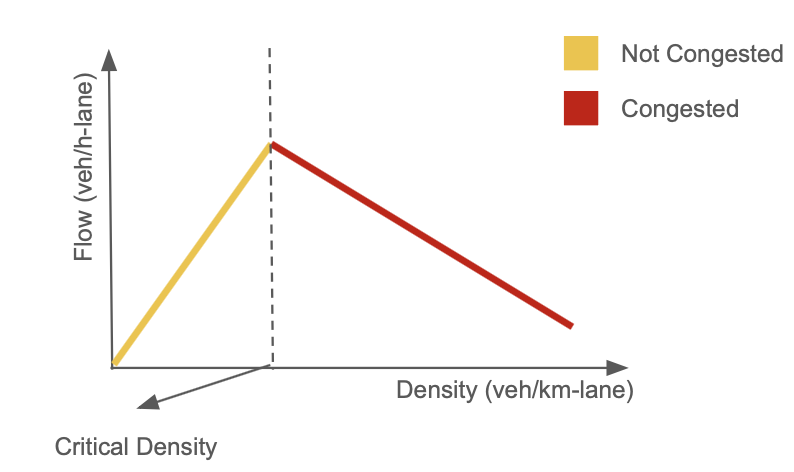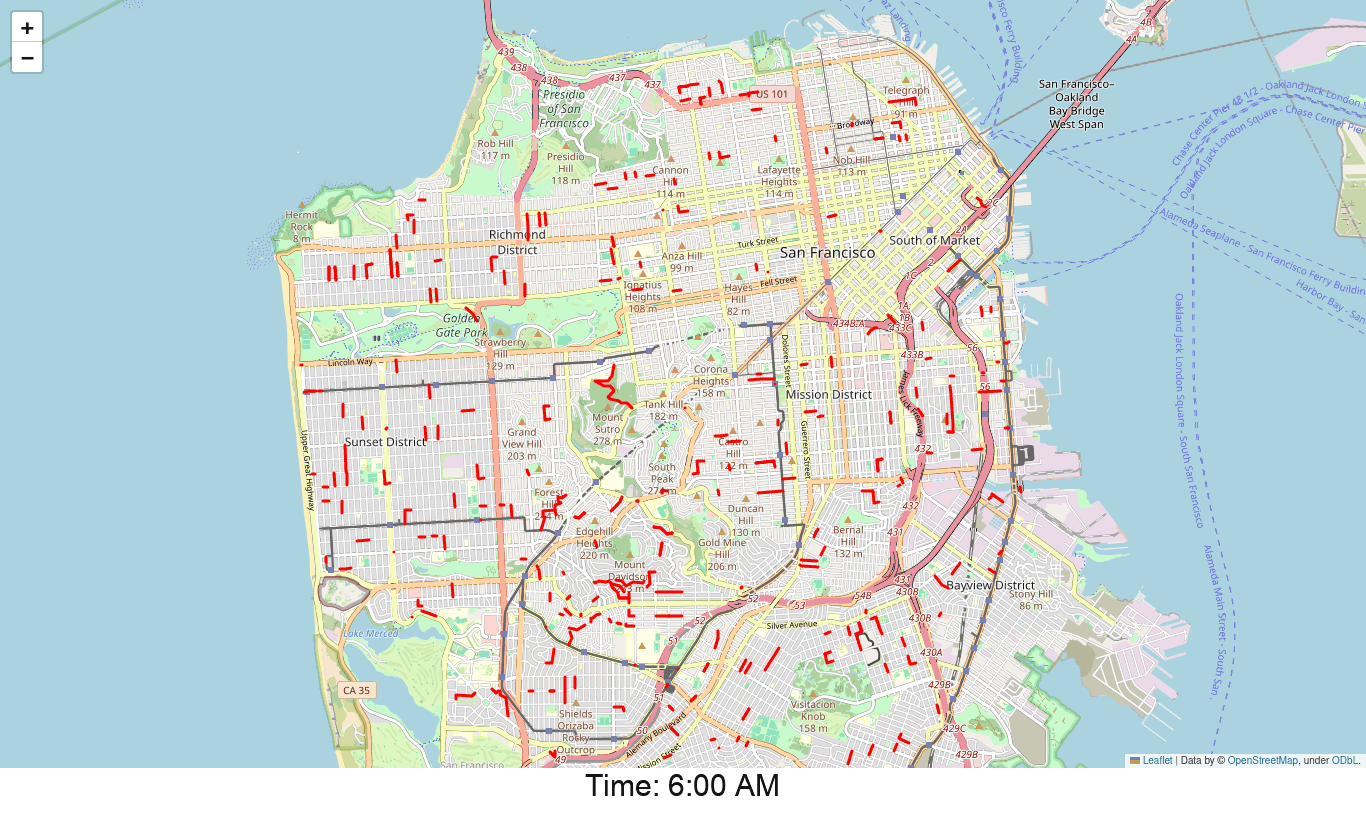Research Members: Abdullah Alhadlaq, Aparimit Kasliwal, Ariel Salgado
NICE: Networked Infrastructures under Compound Extremes
As climate change continues and technology advances, facilities around the world face ever increasing threats from natural hazards, cyber attacks, etc. The interconnectivity of systems has the potential to exacerbate resultant system failures. When one system fails, any system which depends on it also fails, producing a cascade effect from one network to the next. Such events have been observed in the power grid and other interdependent infrastructure networks amplifying blackouts. Furthermore, the possibility of compound events, like malicious actors launching a cyber-attack during a natural disaster, magnify the risk to already stressed networks. In order to mitigate this risk, we are developing new computationally tractable theoretical frameworks and methods to help ensure installation-level resilience. We are implementing Multiplex Network Science (MNS) to capture the structural properties of the internal network and Multiscale System Dynamics (MSD) to investigate the infrastructure response to compound extremes. In particular, we are focusing on mapping failure and recovery pathways, adapting to changing conditions, and recovering from disruptions. Upon completion, we aim to have developed an integrated resilience framework informed by a suite of models, embedded in a proof-of-concept software. This will be capable of continuously monitoring the state-of-resilience of a facility and understanding failure and recovery pathways at multiple scales in order to minimize risk and downtime.
Sample Case: Flows in the installation of fuel transportation networks
Sample Case: Environmental scenarios
Multi-Scale Traffic Congestion Spreading Through Contagion Models
This work focuses on applying Multiscale System Dynamics (MSD) to traffic congestion by developing a theoretical framework that utilizes multi-scale dimension reduction to analyze the spread of traffic congestion. Recent efforts have centered on generating realistic traffic congestion patterns in the Bay Area, using infection spreading models calibrated at different geographical scales such as census tracts and counties to reproduce these patterns. Estimates at various scales are linked to provide an overall consistent assessment, enabling the multiscale modeling framework to simplify system dynamics by considering scale and offering indicators to prioritize actions in different geographic areas. The methodology involves constructing spatial regions of analysis at different spatial resolutions using Uber H3, allowing for more granular regions of analysis beyond just census tracts and counties. Previous studies have demonstrated the effectiveness of the SIR (Susceptible-Infected-Recovered) epidemic model in explaining traffic congestion spread, and this study applies the SIR model spatially to prioritize actions at different scales. The primary challenge is the noise in dynamics at finer scales, which the team aims to address by using dimension-reduction techniques to connect macro and micro-level dynamics. Daily traffic simulations measure resulting congestion, with the observed congestion data used as a proxy to calibrate the spatially distributed SIR model.

Categorizing the same road link as congested or not depending on the values of the traffic flow and traffic density at different time steps

Evolution of congested road links (shown in red) during a typical morning in the city of San Francisco
Related Literature:
Ariel Salgado, Yiyi He, John Radke, Auroop Ganguly, and Marta C. González. “Dimension Reduction Approach for Understanding Resource-Flow Resilience to Climate Change. Communication Physics (In Press), (2024). [PDF][Supplementary Materials]
Meead Saberi, Homayoun Hamedmoghadam, Mudabber Ashfaq, Seyed Amir Hosseini, Ziyuan Gu, Sajjad Shafiei, Divya J Nair, Vinayak Dixit, Lauren Gardner, S Travis Waller, Marta C González. “A simple contagion process describes spreading of traffic jams in urban networks”, Nature Communications
He, Yiyi (Adviser: John Radke, Committee Member: Gonzalez, M.), 2018. A Network Approach to Measuring the Impact of Coastal Flooding on the Fuel Transportation Network under the Changing Climate – A Case Study in the San Francisco Bay Area. Master’s Thesis in Landscape Architecture, University of California, Berkeley.
Universal resilience patterns in complex networks, Jianxi Gao, Baruch Barzel & Albert-László Barabási
